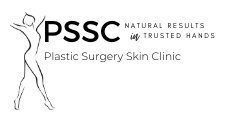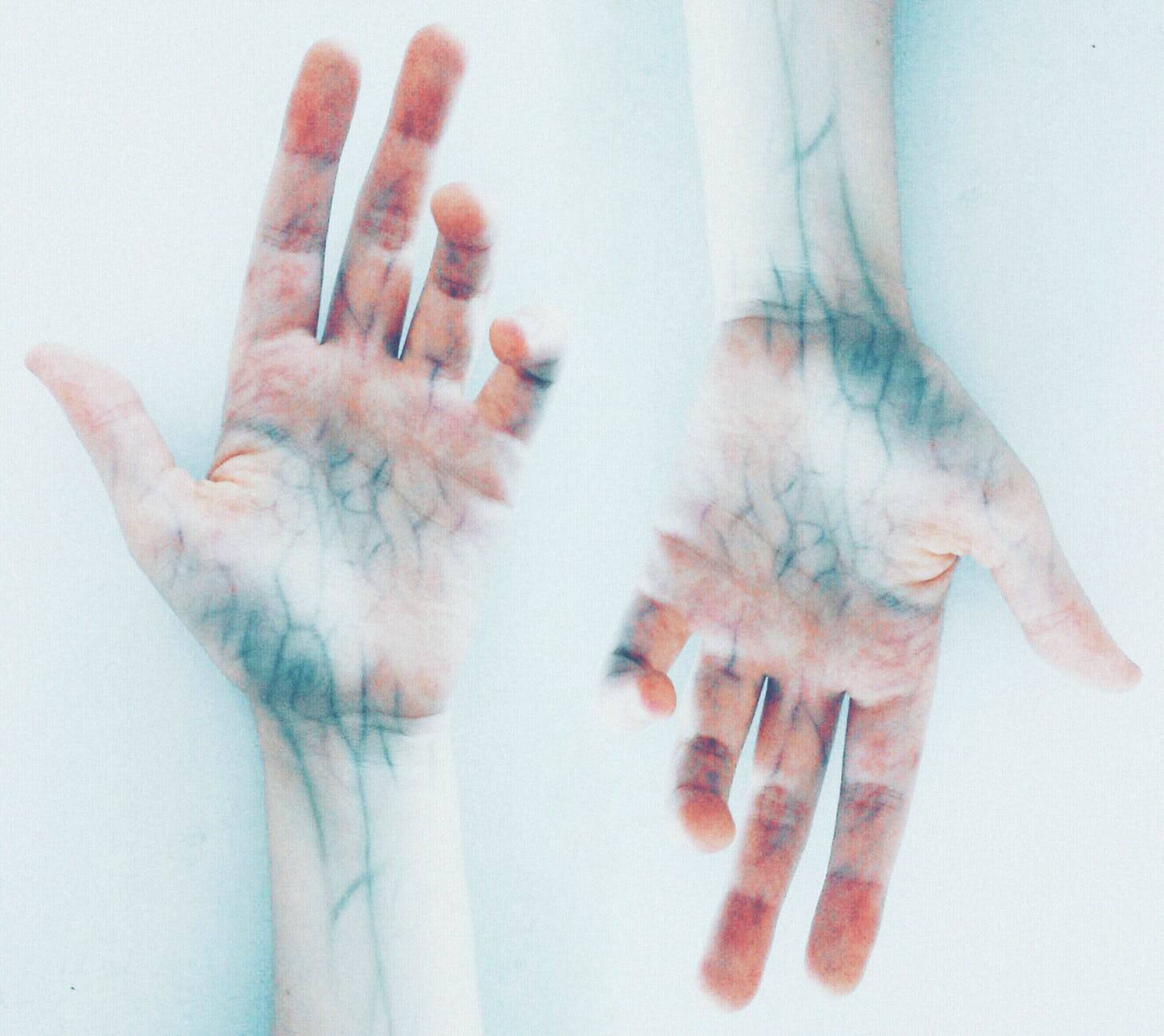As summer makes its welcome return, varicose veins can keep us covering up our legs throughout the sunny months.
The bulging, blueish veins known as varicose or “spider “veins are unsightly, but are they dangerous?
Are They Dangerous?
Varicose veins aren’t always dangerous, but they always merit a check-up. The risks can vary significantly depending on the cause of the veins.
Although varicose veins are simply swollen and/or twisted veins, they can be symptoms of more severe issues.
While in some cases, they are the result of increased blood pressure from prolonged sitting or standing, they can also result from serious issues like a tumour or disease.
The first stage of chronic venous disease presents itself as varicose veins. Left untreated it can progress with blood pooling into the skin, causing discoloration, skin hardening, and ulcers.
Once it gets to this stage, healing is difficult and slow.
Another risk of spider veins is blood clots.
Superficial phlebitis is the condition where varicose veins clot. It is not always dangerous but can be extremely painful. Once again, left untreated, it can get worse.
Superficial phlebitis can progress into deep vein thrombosis (DVT). DVT can be fatal if undiagnosed or untreated. These blood clots can move from your veins to your lungs, resulting in a potentially fatal pulmonary embolism.
At the first sign of varicose veins, it is important to visit a doctor. Their analysis can help assess the cause, the risks, and the best options for treatment.
Varicose Vein Treatment Options
Even when the varicose veins aren’t diagnosed as a health risk, most people still prefer to remove them. The best option for you depends largely on your diagnosis, which a surgeon will discuss with you during your consult.
Until then, here is a brief overview of some of the common treatment options.
Lifestyle Changes
In medicine, lifestyle changes are a common go-to solution either on their own or in combination with other treatments. These are simultaneously reactively and proactively help alleviate existing issues and reduce risks moving forward.
For varicose veins caused by obesity or weight gain, diet and exercise will likely be recommended as part of the treatment plan.
Surgical Removal
Varicose vein surgery is most common for larger veins. For the large veins, vascular surgery may be performed to strip the vein from the leg. This can take longer to recover from than other treatments, but offers permanent results.
Small to medium veins may undergo microphlebectomy. This procedure involves removing the vein through a small incision. Although scarring is possible, the small size means there is little cosmetic impact.
Cosmetic Laser Therapy
Cosmetic laser treatments may be suitable for small, medium, or large varicose veins. They provide a non-invasive, effective way to reduce or remove spider veins without scarring and minimal recovery time.
Sclerotherapy
Sclerotherapy is usually best suited to smaller varicose veins. The surgeon injects the medication directly into the blood vessels to reduce the swelling. Recovery can take a couple of days and compression socks may be required after the treatment.
Schedule a Varicose Vein Consultation in Newmarket
At Newmarket’s Plastic Surgery Skin Clinic, we always have surgeons onsite ready to consult with you. Our surgeons can help you assess the best treatment options for your varicose veins whether for medical or aesthetic needs.
Schedule your consultation today.

